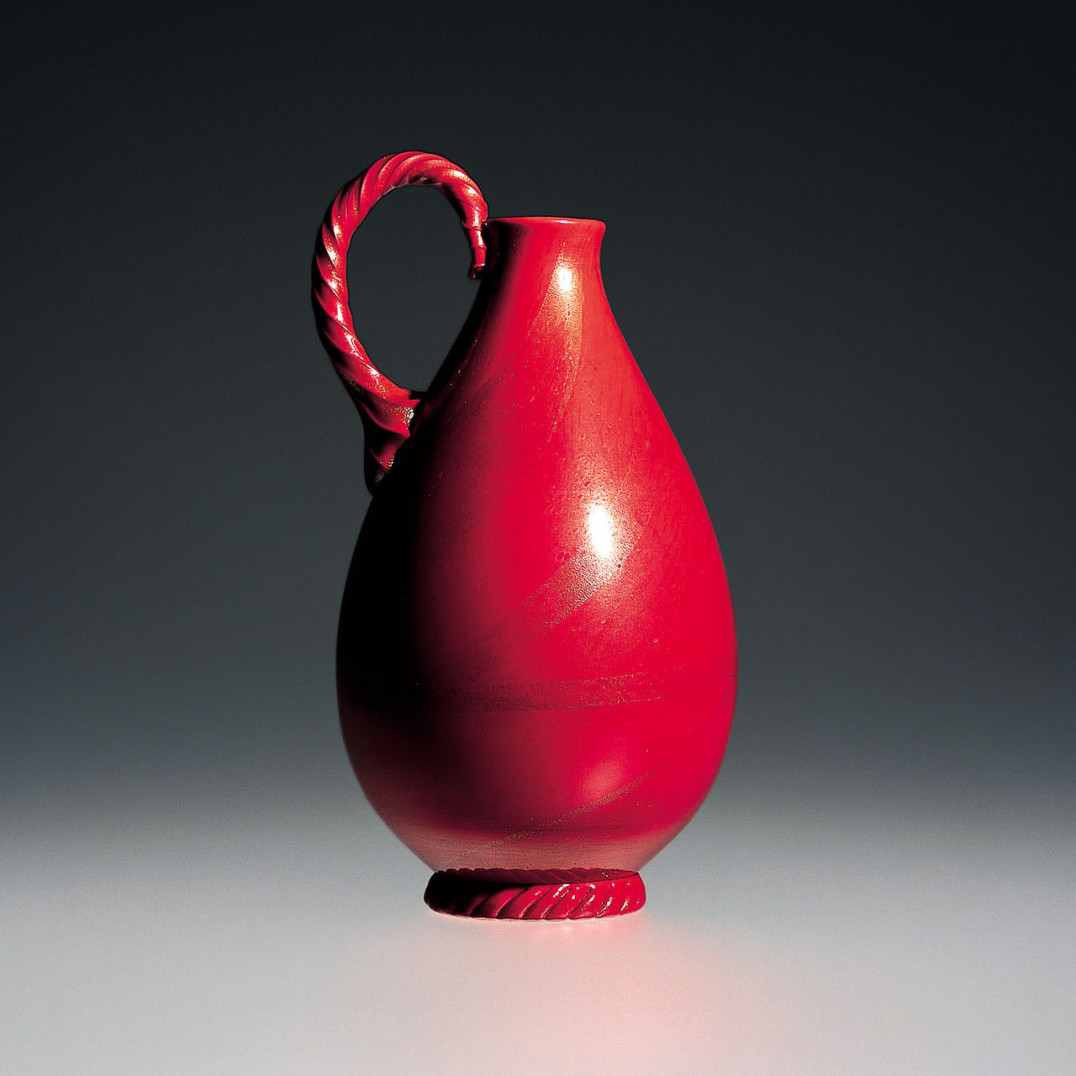
Napoleone MartinuzziPasta vitrea, 1933
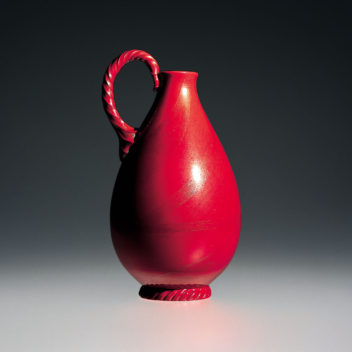
Napoleone MartinuzziPasta vitreaZecchin-Martinuzzi Vetri Artistici e Mosaici, 1933
Coral red-footed vase composed of pasta vitrea with an applied twisted red glass side handle. Both foot and handle are decorated with gold leaf.
Paper label: Pauly & C.,
Pauly & C., a Venetian retail showroom, always affixed its own label to the Muranese glass it sold.
12 13/16 in. high (32.5 cm)
Exhibitions:
2000, New York, Venetian Glass, Museum of Arts & Design;
2001, Milan, Murano: Vetri dalla Collezione Olnick Spanu,
Spazio Oberdan.
Bibliography and comparative texts:
M. Barovier, 1992, n. 40;
Olnick Spanu, 2000, n. 16;
Olnick Spanu, 2001, n. 25.
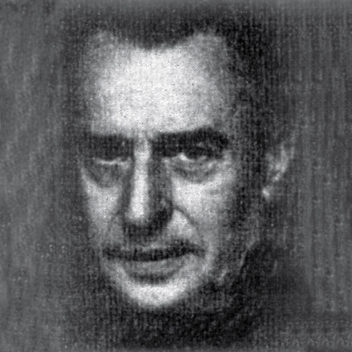
Napoleone Martinuzzi 1892–1977
The son of a glassworker from Murano, Napoleone Martinuzzi was a sculptor, designer, and businessman. He attended the Accademia di Belle Arti di Venezia, and later joined the secessionist group of Cà Pesaro, where he exhibited his sculptures in 1908. From 1917 on, he was Gabriele D'Annunzio's favorite artist and he designed a funeral monument for him, as well as sculpture and many works in glass, which may still be seen today at the Vittoriale. Between 1921 and 1931, he directed the Museo Vetrario di Murano, and in 1925 he became a partner and artistic director at the Vetri Soffiati Muranesi Venini & C. After carrying on the concepts defined by his predecessor, Vittorio Zecchin, and creating beautifully transparent blown glass pieces, he elaborated on his own distinct style, directly derived from his experience as a Novecento sculptor. In 1928, he made his first pieces in pulegoso glass, giving life to a sculptural series of vessels with impressive shapes and vivid colors, as well as an unusual collection of cacti, fruits, and animals. After leaving Venini, in 1932 he founded Zecchin-Martinuzzi Vetri Artistici e Mosaici with Francesco Zecchin, for which he designed figures of animals and cacti, opaque vessels with classical shapes, and female nudes in solid massiccio glass. He became artistic director of Alberto Seguso's Arte Vetro, where he made glass sculptures shaped while hot. Between 1953 and 1958, he designed chandeliers and glass tiles for the Vetreria Cenedese. In the '60s and '70s, he designed works produced by Alfredo Barbini for Pauly & C.
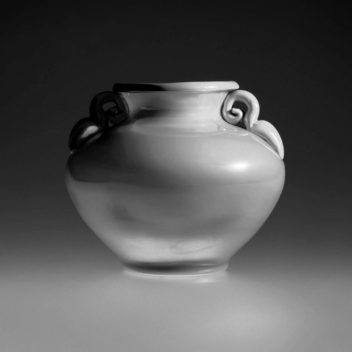
Zecchin-Martinuzzi Vetri Artistici e Mosaici 1932–1938
In 1932, the two Muranese partners of Paolo Venini—engineer Francesco Zecchin and the sculptor and designer Napoleone Martinuzzi—left the Vetri Soffiati Muranesi Venini & C. and founded their own company: Zecchin-Martinuzzi Vetri Artistici e Mosaici. Its production was directed by Martinuzzi who, inspired by the sculptural qualities of the Novecento movement, created large vessels in opaque glass, animals, and cactus in pasta vitrea and female nudes in massiccio glass. In some cases, the company also collaborated with Mario Romano and Giovanni Guerrini. Napoleone Martinuzzi left the company in 1936, and after two years Francesco Zecchin closed it for good.
Napoleone MartinuzziPasta vitrea, 1933
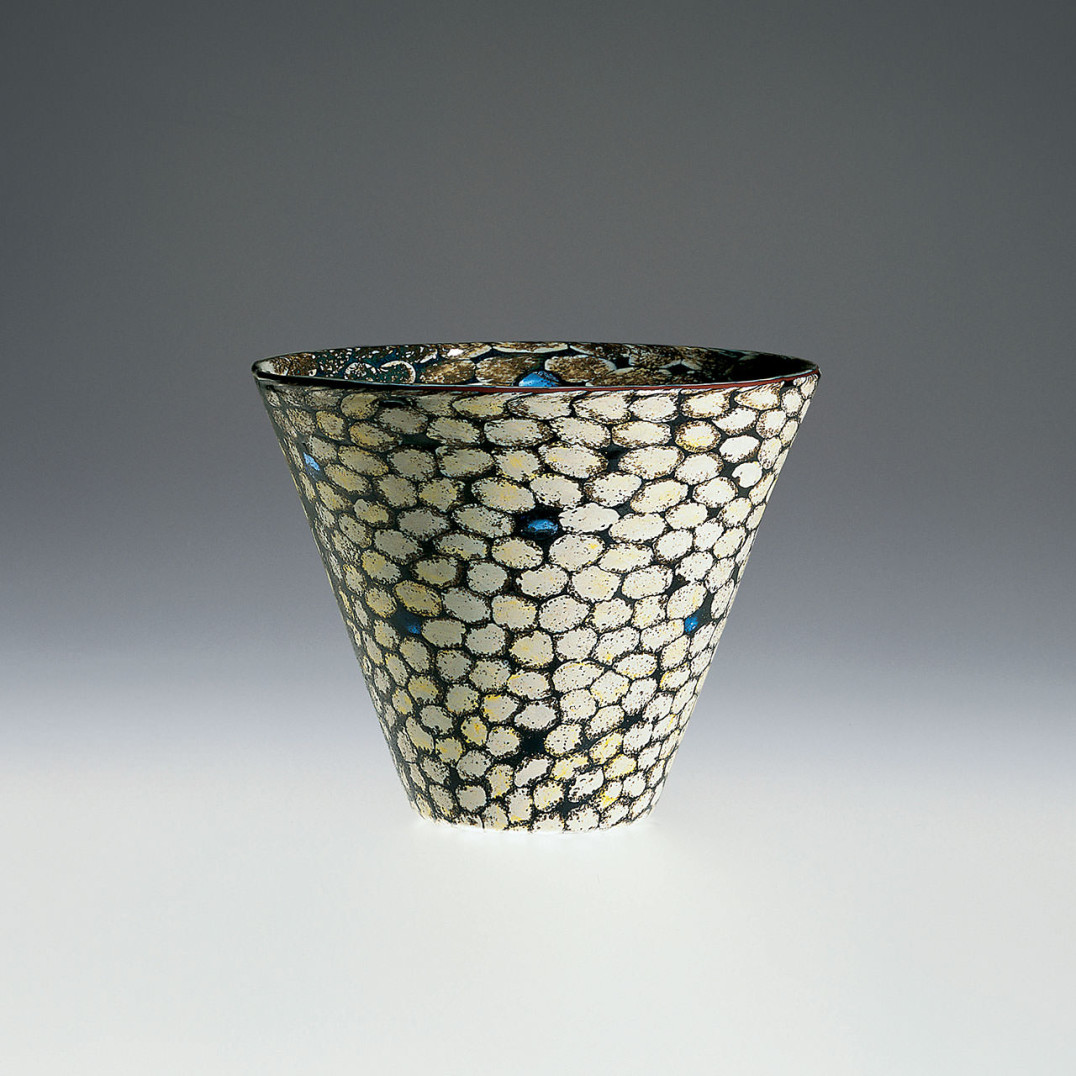
Yoichi OhiraMurrine con polvere, 2000
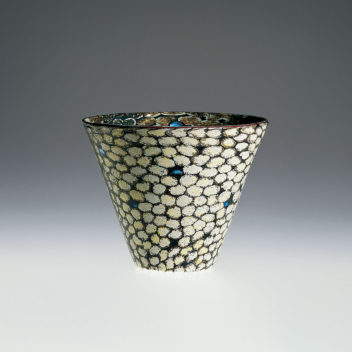
Yoichi OhiraMurrine con polvere
Vessel in a murrine glass with inclusion of powders, surface finished at the carving wheel.
Engraved: Ohira m. L. Serena pezzo unico1/1 Friday 24/11/2000 murano.
5 7/8 in. high (15 cm)
Exhibitions:
2001, Milan, Murano: Vetri dalla Collezione Olnick Spanu, Spazio Oberdan.
Bibliography and comparative texts:
Olnick Spanu, 2001, n. 202.
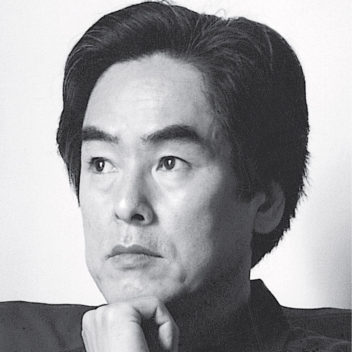
Yoichi Ohira 1946–
Yoichi Ohira was born in Japan and moved to Italy in 1973. After working as an apprentice at the Kagami Crystal Company in Tokyo, Ohira graduated in Sculpture from the Accademia di Belle Arti di Venezia with a dissertaion on the aesthetics of glass. In 1973, he began working with Egidio Costantini's Fucina degli Angeli and participated in numerous collective and personal exhibitions, presenting sculptures made with the combination of plated metal and glass. In 1987, he started a collaboration as a designer with the Vetreria de Majo in Murano. That same year, Ohira was awarded the Premio Selezione at the Premio Murano. He began working as an independent artist in the early '90s, creating magnificent one-of-a-kind pieces, which he made in collaboration with the skillful maestro glassblower Livio Serena from Murano. He has participated in the most important international exhibitions and his works are greatly appreciated by private collectors as well as many public museums. Yoichi Ohira's work is, today, part of the permanent collections of museums such as the Victoria and Albert Museum of London, the Musée des Arts Décoratifs in Paris, the Metropolitan Museum of Art in New York, the Koganezaki Glass Museum in Shizoka, Japan, and many others.
Yoichi OhiraMurrine con polvere, 2000
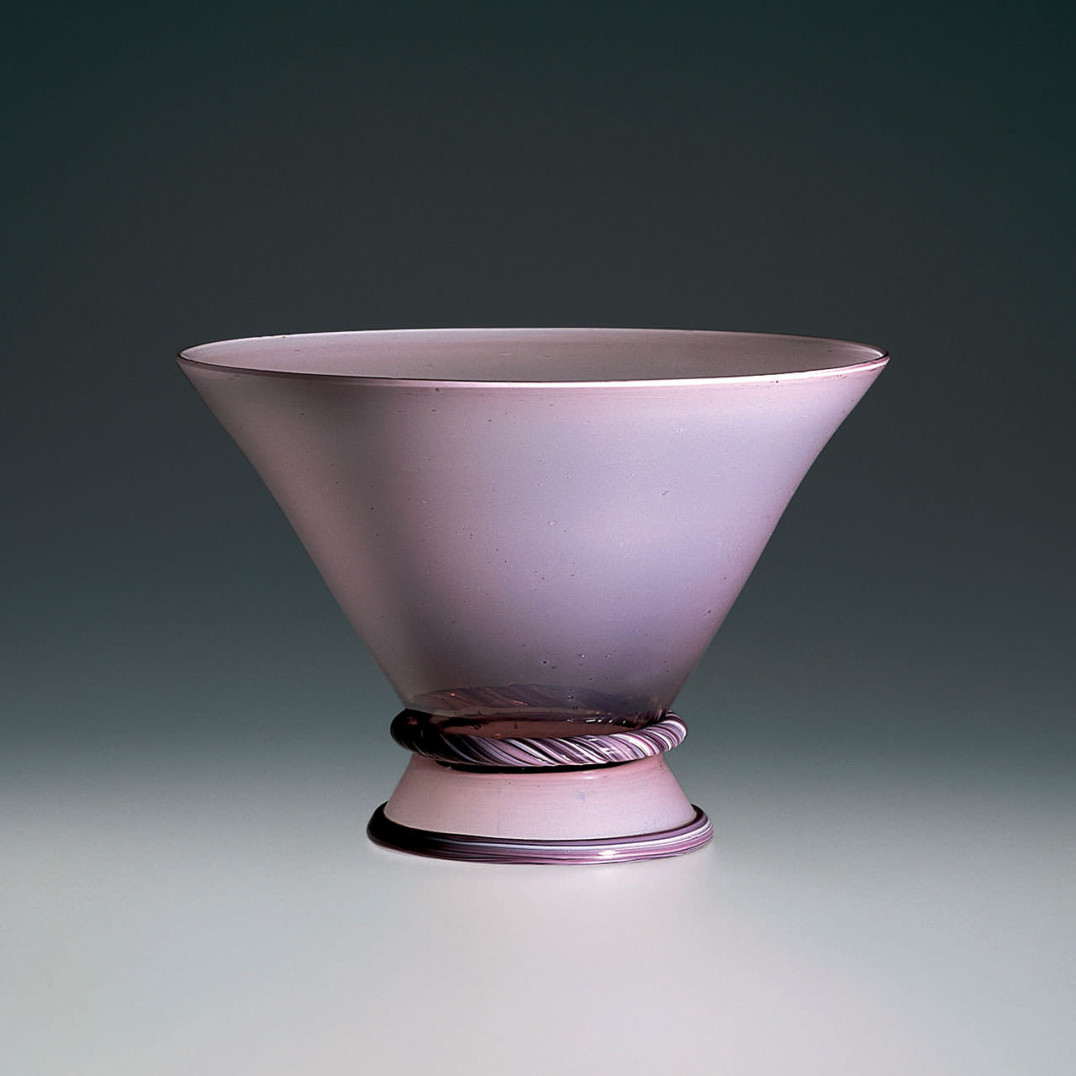
Napoleone MartinuzziIncamiciato, 1933
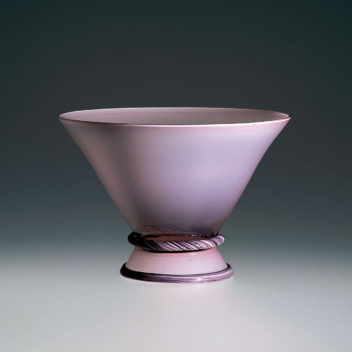
Napoleone MartinuzziIncamiciatoZecchin-Martinuzzi Vetri Artistici e Mosaici, 1933
Footed bowl in lattimo glass cased in amethyst glass. Foot decorated with a twisted cord.
7 1/4 in. high (18.4 cm)
Exhibitions:
2001, Milan, Murano: Vetri dalla Collezione Olnick Spanu, Spazio Oberdan.
Bibliography and comparative texts:
Olnick Spanu, 2001, n. 26.

Napoleone Martinuzzi 1892–1977
The son of a glassworker from Murano, Napoleone Martinuzzi was a sculptor, designer, and businessman. He attended the Accademia di Belle Arti di Venezia, and later joined the secessionist group of Cà Pesaro, where he exhibited his sculptures in 1908. From 1917 on, he was Gabriele D'Annunzio's favorite artist and he designed a funeral monument for him, as well as sculpture and many works in glass, which may still be seen today at the Vittoriale. Between 1921 and 1931, he directed the Museo Vetrario di Murano, and in 1925 he became a partner and artistic director at the Vetri Soffiati Muranesi Venini & C. After carrying on the concepts defined by his predecessor, Vittorio Zecchin, and creating beautifully transparent blown glass pieces, he elaborated on his own distinct style, directly derived from his experience as a Novecento sculptor. In 1928, he made his first pieces in pulegoso glass, giving life to a sculptural series of vessels with impressive shapes and vivid colors, as well as an unusual collection of cacti, fruits, and animals. After leaving Venini, in 1932 he founded Zecchin-Martinuzzi Vetri Artistici e Mosaici with Francesco Zecchin, for which he designed figures of animals and cacti, opaque vessels with classical shapes, and female nudes in solid massiccio glass. He became artistic director of Alberto Seguso's Arte Vetro, where he made glass sculptures shaped while hot. Between 1953 and 1958, he designed chandeliers and glass tiles for the Vetreria Cenedese. In the '60s and '70s, he designed works produced by Alfredo Barbini for Pauly & C.

Zecchin-Martinuzzi Vetri Artistici e Mosaici 1932–1938
In 1932, the two Muranese partners of Paolo Venini—engineer Francesco Zecchin and the sculptor and designer Napoleone Martinuzzi—left the Vetri Soffiati Muranesi Venini & C. and founded their own company: Zecchin-Martinuzzi Vetri Artistici e Mosaici. Its production was directed by Martinuzzi who, inspired by the sculptural qualities of the Novecento movement, created large vessels in opaque glass, animals, and cactus in pasta vitrea and female nudes in massiccio glass. In some cases, the company also collaborated with Mario Romano and Giovanni Guerrini. Napoleone Martinuzzi left the company in 1936, and after two years Francesco Zecchin closed it for good.
Napoleone MartinuzziIncamiciato, 1933
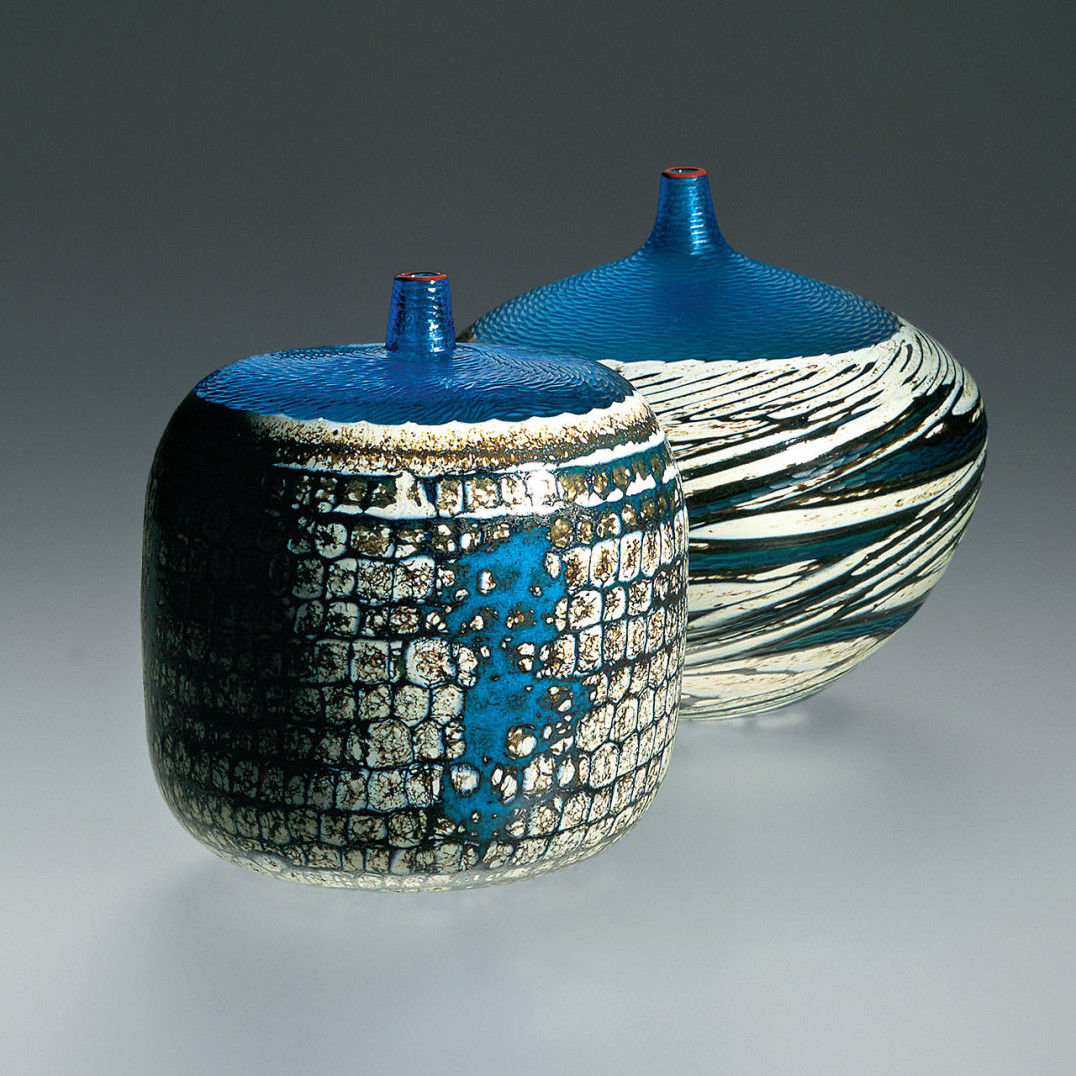
Yoichi OhiraPolveri, 1997
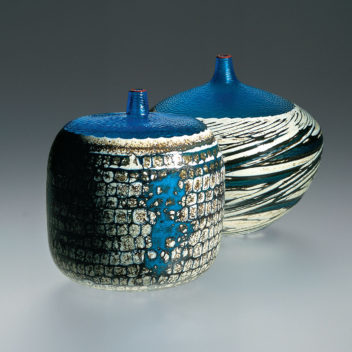
Yoichi OhiraPolveri
Vessels from the series Acqua Alta in glass crafted from multicolored rods with inclusions of powders and in light blue trasparent glass finished at the carving wheel.
Engraved: Ohira m. L. Serena m. G. Barbini 1/1 unico 1/2/2000;
Yoichi Ohira m. L. Serena G. Barbini 1/1 unico 05/11/99.
6 5/8 in. high (16.8 cm)
6 3/4 in. high (17.2 cm)
Exhibitions:
1999, Venice, Vetri Veneziani Ohira Collezione Pasta vitrea, Café Florian;
2001, New York, Yoichi Ohira,
Barry Friedman Gallery;
2001, Milan, Murano: Vetri dalla Collezione Olnick Spanu, Spazio Oberdan.
Bibliography and comparative texts:
R. Nardi, 1999, pp. 14-15;
M. Barovier, 1999, p. 369;
Olnick Spanu, 2001, n. 201;
B. Friedman, 2002, p. 186.

Yoichi Ohira 1946–
Yoichi Ohira was born in Japan and moved to Italy in 1973. After working as an apprentice at the Kagami Crystal Company in Tokyo, Ohira graduated in Sculpture from the Accademia di Belle Arti di Venezia with a dissertaion on the aesthetics of glass. In 1973, he began working with Egidio Costantini's Fucina degli Angeli and participated in numerous collective and personal exhibitions, presenting sculptures made with the combination of plated metal and glass. In 1987, he started a collaboration as a designer with the Vetreria de Majo in Murano. That same year, Ohira was awarded the Premio Selezione at the Premio Murano. He began working as an independent artist in the early '90s, creating magnificent one-of-a-kind pieces, which he made in collaboration with the skillful maestro glassblower Livio Serena from Murano. He has participated in the most important international exhibitions and his works are greatly appreciated by private collectors as well as many public museums. Yoichi Ohira's work is, today, part of the permanent collections of museums such as the Victoria and Albert Museum of London, the Musée des Arts Décoratifs in Paris, the Metropolitan Museum of Art in New York, the Koganezaki Glass Museum in Shizoka, Japan, and many others.
Yoichi OhiraPolveri, 1997
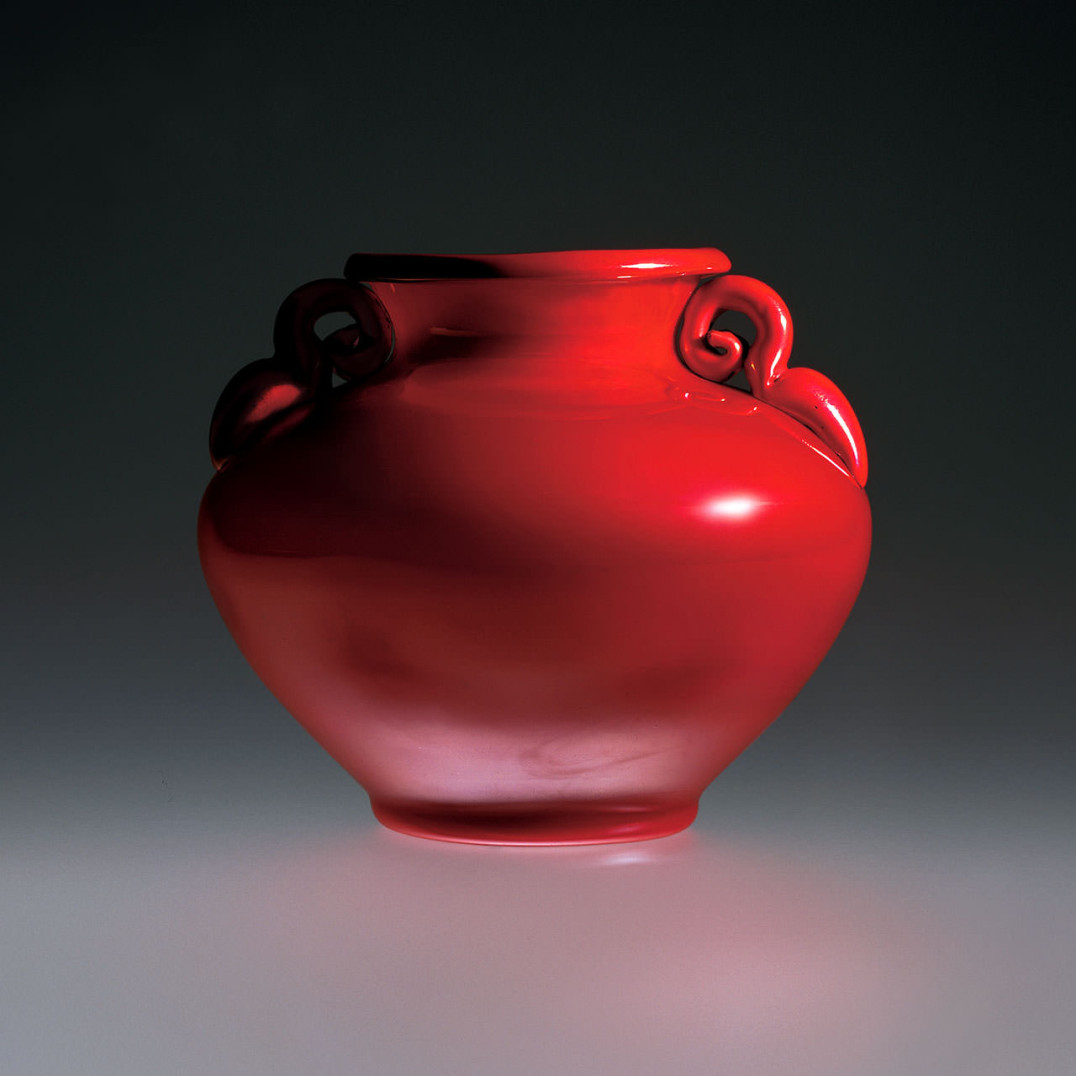
Napoleone MartinuzziPasta vitrea, 1933
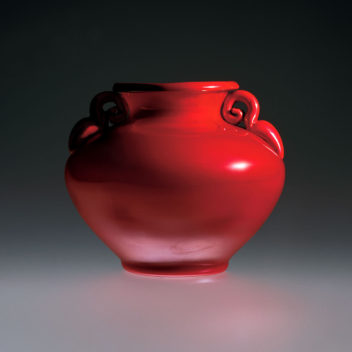
Napoleone MartinuzziPasta vitreaZecchin-Martinuzzi Vetri Artistici e Mosaici, 1933
Vessel in coral pasta vitrea with applied small handles and base.
Original paper label.
7 3/4 in. high (19.7 cm)
Exhibitions:
2001, Milan, Murano: Vetri dalla Collezione Olnick Spanu, Spazio Oberdan.
Bibliography and comparative texts:
Catalogue Zecchin-Martinuzzi,
n. 2432;
Olnick Spanu, 2001, n. 27.

Napoleone Martinuzzi 1892–1977
The son of a glassworker from Murano, Napoleone Martinuzzi was a sculptor, designer, and businessman. He attended the Accademia di Belle Arti di Venezia, and later joined the secessionist group of Cà Pesaro, where he exhibited his sculptures in 1908. From 1917 on, he was Gabriele D'Annunzio's favorite artist and he designed a funeral monument for him, as well as sculpture and many works in glass, which may still be seen today at the Vittoriale. Between 1921 and 1931, he directed the Museo Vetrario di Murano, and in 1925 he became a partner and artistic director at the Vetri Soffiati Muranesi Venini & C. After carrying on the concepts defined by his predecessor, Vittorio Zecchin, and creating beautifully transparent blown glass pieces, he elaborated on his own distinct style, directly derived from his experience as a Novecento sculptor. In 1928, he made his first pieces in pulegoso glass, giving life to a sculptural series of vessels with impressive shapes and vivid colors, as well as an unusual collection of cacti, fruits, and animals. After leaving Venini, in 1932 he founded Zecchin-Martinuzzi Vetri Artistici e Mosaici with Francesco Zecchin, for which he designed figures of animals and cacti, opaque vessels with classical shapes, and female nudes in solid massiccio glass. He became artistic director of Alberto Seguso's Arte Vetro, where he made glass sculptures shaped while hot. Between 1953 and 1958, he designed chandeliers and glass tiles for the Vetreria Cenedese. In the '60s and '70s, he designed works produced by Alfredo Barbini for Pauly & C.

Zecchin-Martinuzzi Vetri Artistici e Mosaici 1932–1938
In 1932, the two Muranese partners of Paolo Venini—engineer Francesco Zecchin and the sculptor and designer Napoleone Martinuzzi—left the Vetri Soffiati Muranesi Venini & C. and founded their own company: Zecchin-Martinuzzi Vetri Artistici e Mosaici. Its production was directed by Martinuzzi who, inspired by the sculptural qualities of the Novecento movement, created large vessels in opaque glass, animals, and cactus in pasta vitrea and female nudes in massiccio glass. In some cases, the company also collaborated with Mario Romano and Giovanni Guerrini. Napoleone Martinuzzi left the company in 1936, and after two years Francesco Zecchin closed it for good.